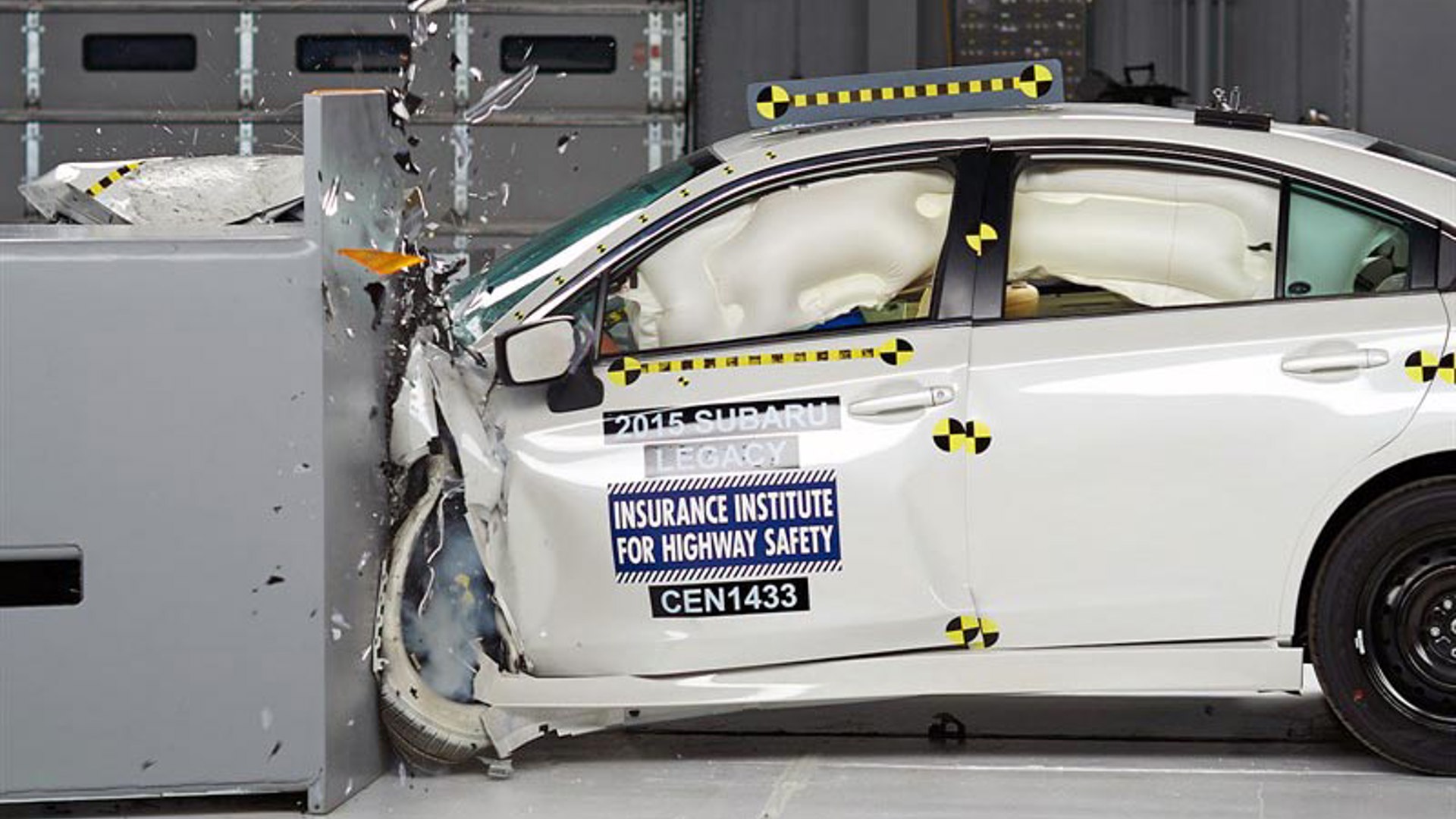In Sweden on September 7 1967, a Sunday, the driver of every vehicle in the country changed from driving on the left side of the road to driving on the right. It was called H Day (H standing for Högertrafikomläggningen, which pretty much means “changing from driving on the left to driving on the right”).
It’s sobering to consider that every year, road traffic injuries cause the deaths of 1.3 million people
Overnight new stoplights, new road signs, lanes and bus stops were unveiled and activated. Intersections were reconfigured, one-way streets revised (vehicle headlights had already been replaced}. You can imagine that some preparation was involved.
Interestingly, the number of car crash incidents immediately declined, but as it turned out, this apparently didn’t have anything to do with benefits of driving on the right versus the left. Much more likely was the fact that Swedes were initially terrified of driving head-on into a wayward bus, so they were driving even more carefully than they normally did. And that was already world-class careful.
Eventually, the road accident statistics went back to normal, which in the case of Sweden still makes it pretty much the safest place to drive in the world. What is it about Sweden and safety? A cultural thing, I guess. How does everybody else do in comparison?
It turns out that comparing road crash statistics by country is not entirely straightforward. For example, are we talking about fender benders, injuries or deaths? If it’s an injury, how serious an injury? And if it’s a fatality, is the person’s demise located at the crash scene or after. If after, how long after? A week? A month?
Then there’s the matter of the measurement used. Are we looking at incidents per million people? Incidents per number of vehicles on the road? Or maybe we’re thinking incidents per million (or billion) kilometers driven. As you can imagine, different agencies do the math differently. Currently, for example, getting comparable numbers on injuries is unfeasible as reporting varies widely. Consequently, most road crash statistics focus on fatalities.
In 2013 the World Health Organization released its latest numbers on annual road fatalities per 100,000 inhabitants covering 179 countries. Obviously a low number is good, and there are our friends the Swedes at the top of the list with only 2.8 road fatalities per 100,000 people. A representative, although not complete, list of the best (safest) countries follows (which doesn’t include Monaco’s zero fatalities, an achievement to be sure, but a tiny population), followed by countries at the bottom of the list:
Sweden 2.8
United Kingdom 2.9
Switzerland 3.3
Denmark 3.5
Germany 4.3
Japan 4.7
France 5.1
Australia 5.4
Canada 6.0
Portugal 7.8
Traffic Fatalities per 100,000 inhabitants, 2013, World Health Organization
In contrast, there are places you may wish to avoid, or at least, drive very defensively. These include:
China 18.8
Nigeria 20.5
Bolivia 23.2
South Africa 25.1
Zimbabwe 28.2
Kenya 29.1
Rwanda 32.1
Malawi 35.0
Thailand 36.2
Libya 73.4
Traffic Fatalities per 100,000, 2013 inhabitants, World Health Organization
The United States, in case you’re wondering, checks in at 10.8; India at 16.6. But study the numbers and you’ll see that there are big differences between continents. Differentiating factors include road conditions, driver education, seat belt use, vehicle age and condition, the presence and enforcement of road safety laws, and the role of driving while intoxicated.
Continentally, therefore, we see that Europe has the lowest number of road fatalities per 100,000 inhabitants, with Africa the highest:
Europe 9.8
Americas 15.9
South East Asia 17.0
Western Pacific 17.3
Eastern Mediterranean 19.9
Africa 26.6
It’s sobering to consider that every year, road traffic injuries cause the deaths of 1.3 million people, according to the Organization for Economic Development (OECD), 2015.
The WHO numbers above cover almost all countries in the world, but numbers are also available for countries with similar levels of motorization and development, which arguably gives us results that are more comparable to our driving experience here in Canada. For instance, the International Road Traffic and Accident Database’s (IRTAD) 32-member countries are mostly based in Europe and the Americas. Their best and worst numbers for road fatalities per 100,000 inhabitants, 2013, are as follows:
Top 10
Sweden 2.7
United Kingdom 2.8
Switzerland 3.3
Netherlands 3.4
Denmark 3.4
Israel 3.4
Spain 3.6
Norway 3.7
Japan 3.9
Ireland 4.1
Bottom 10
Czech Republic 6.0
Belgium 6.5
Greece 7.9
Luxembourg 8.4
Poland 8.7
Lithuania 8.8
Korea 10.2
Unites States 10.3
Chile 12.0
Argentina 12.3
In this group, Canada is 17th out of 32 at 5.5 road fatalities per 100,000 inhabitants. Interestingly, the US is 30th with twice the number of road fatalities per 100,000 inhabitants.
Finally according to the OECD, the ranking of fatalities per number of vehicles registered is also a good indication of exposure to risk. Again using the IRTAD data, Sweden, the United Kingdom, Denmark, Ireland and Norway are safest, reporting a fatality rate of 0.5 deaths per 10,000 registered vehicles. In contrast, Chile reports 5.0, Argentina and Korea 2.3, followed by Hungary, Poland and the United States. Canada sits in the middle at just under one death per 10,000 registered vehicles.
But any way you slice it, Sweden, the United Kingdom, Switzerland, Norway and Denmark are the safest places to drive. And when motoring in Africa? Pay attention!

